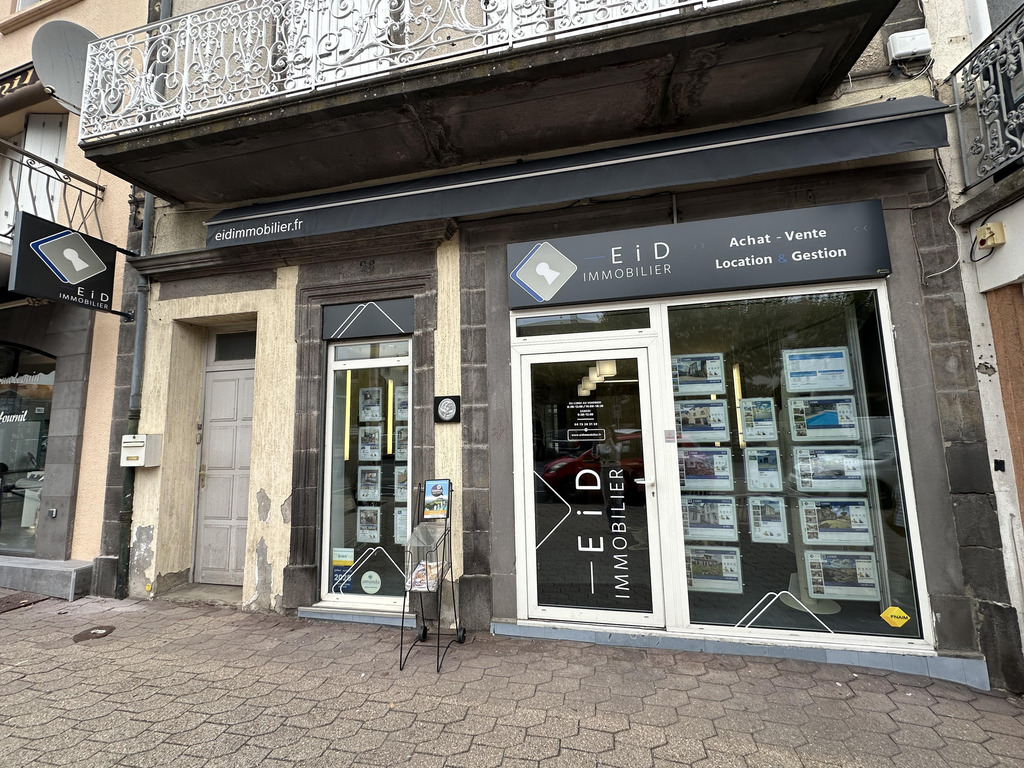Investing in rental real estate allows you to benefit from tax exemption and pay less taxes.
The Pinel law (replacing the previous law Duflot), applying to new housing or in a future state of completion, can optimize its tax but it is also possible to enjoy tax benefits in the rental investment of old real estate.
Tax exemption in new real estate
The Pinel law applies to the new rental property investment or future state of completion: VEFA. This device replaces the Duflot law, and the previous device of the Scellier law.
The application of the Pinel law depends on the geographical location of the property. Indeed, housing must be located in one of the areas of the law (municipalities where the rental demand is very strong). The property must be rented as a principal residence for a minimum period of 6 years following the acquisition. Rents must respect a ceiling set by law between 8.69 euros and 16.83 euros per square meter.
Tenant income must be below a certain ceiling. The purpose of the scheme is to facilitate access to housing for modest households.
The landlord fulfilling the conditions of the law will be able to benefit from a variable tax reduction according to the duration of renting: 12% for a commitment of 6 years and 18% for a commitment of 9 years (possibility to extend the period until 'at the age of 12). In the latter case, the relief is increased to 21%.
Tax exemption in old real estate
Old properties can also benefit from a tax exemption: the Malraux law. This is a program to promote the renovation of dilapidated rental real estate.
Owners of old homes renovating their property to rent them later enjoy a tax reduction of up to 30% of the amount of work. The property must be rented for a minimum of 6 years and be located in a specific geographical area.
The amount of work taken into account is limited to EUR 100,000 and excludes some expensive works such as demolition or reconstruction.





